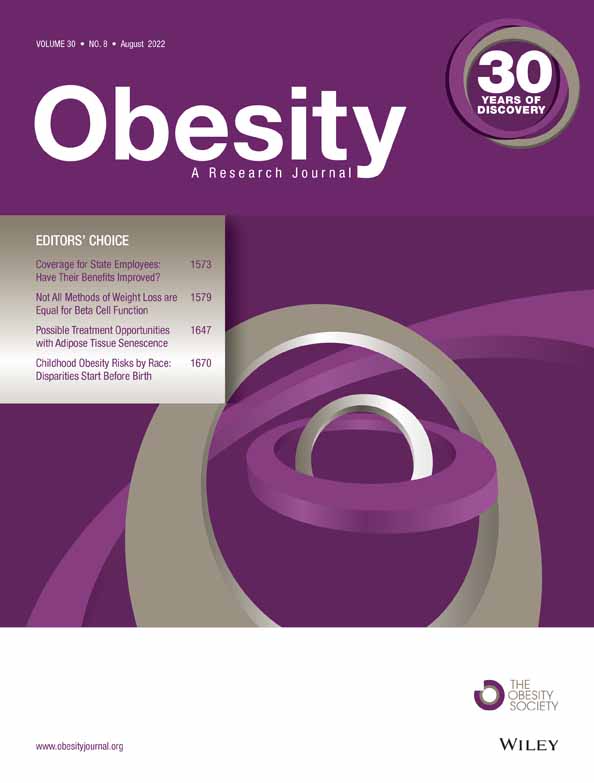A compositional analysis study of body composition and cardiometabolic risk factors
Funding information: Canadian Institutes of Health Research; Medical Research Council Canada; Natural Sciences and Engineering Research Council of Canada
Abstract
Objective
This cross-sectional study used compositional data analysis (CoDA) to do the following: 1) analyze the relative associations between fat and lean tissues with cardiometabolic risk factors; and 2) estimate how these risk factors would change if equivalent mass was displaced from one tissue to another. Differences between CoDA and traditional regression were explored.
Methods
A total of 397 adults with overweight or obesity were studied. Body composition consisted of visceral fat, abdominal subcutaneous fat, peripheral subcutaneous fat, other fat depots, skeletal muscle, and other lean tissues. The outcomes were a continuous metabolic syndrome score (primary outcome) and eight other cardiometabolic risk factors (secondary outcomes). Associations were examined using CoDA and traditional linear regression.
Results
Visceral fat mass, relative to the mass of the remaining tissues, was significantly associated with the metabolic syndrome score and five of eight remaining risk factors (p < 0.05). The relative contribution of the remaining tissues was not consistently associated with the study outcomes. Displacing equivalent mass from visceral fat into the remaining tissues was associated with meaningful decreases in the metabolic syndrome score. Regression estimates for CoDA and traditional regression differed in size and statistical significance.
Conclusions
These CoDA findings reinforce that excess visceral fat contributes to less-favorable cardiometabolic risk factors.
CONFLICT OF INTEREST
The authors declared no conflict of interest.





